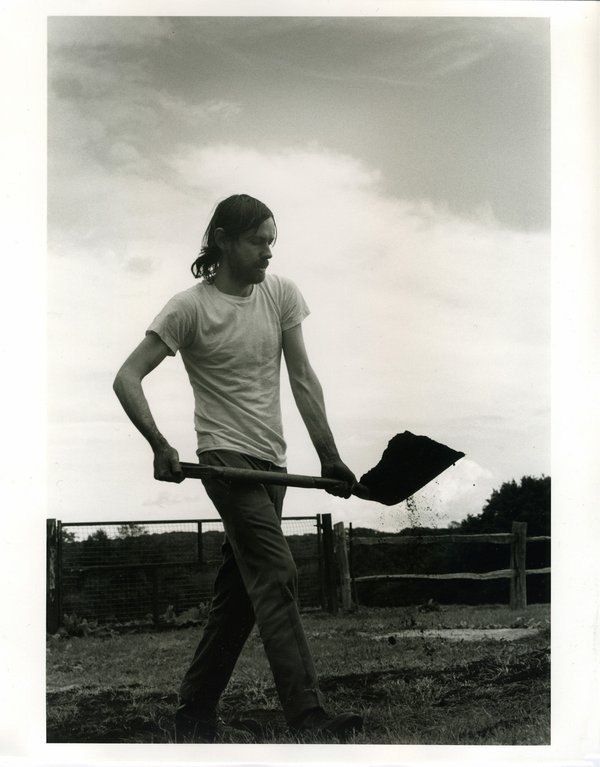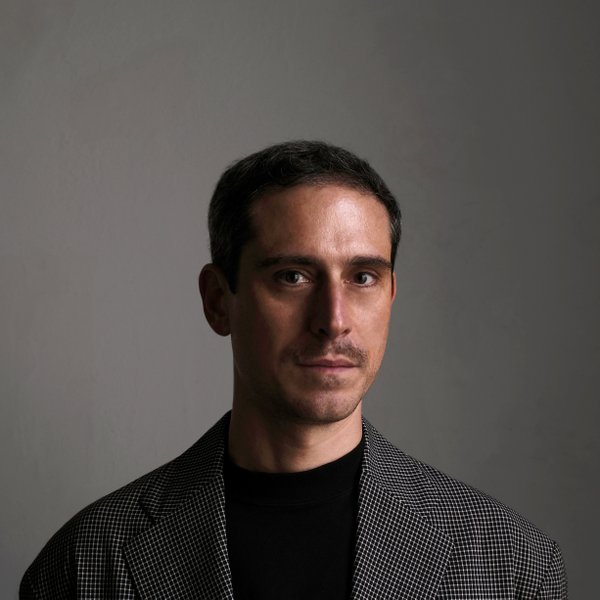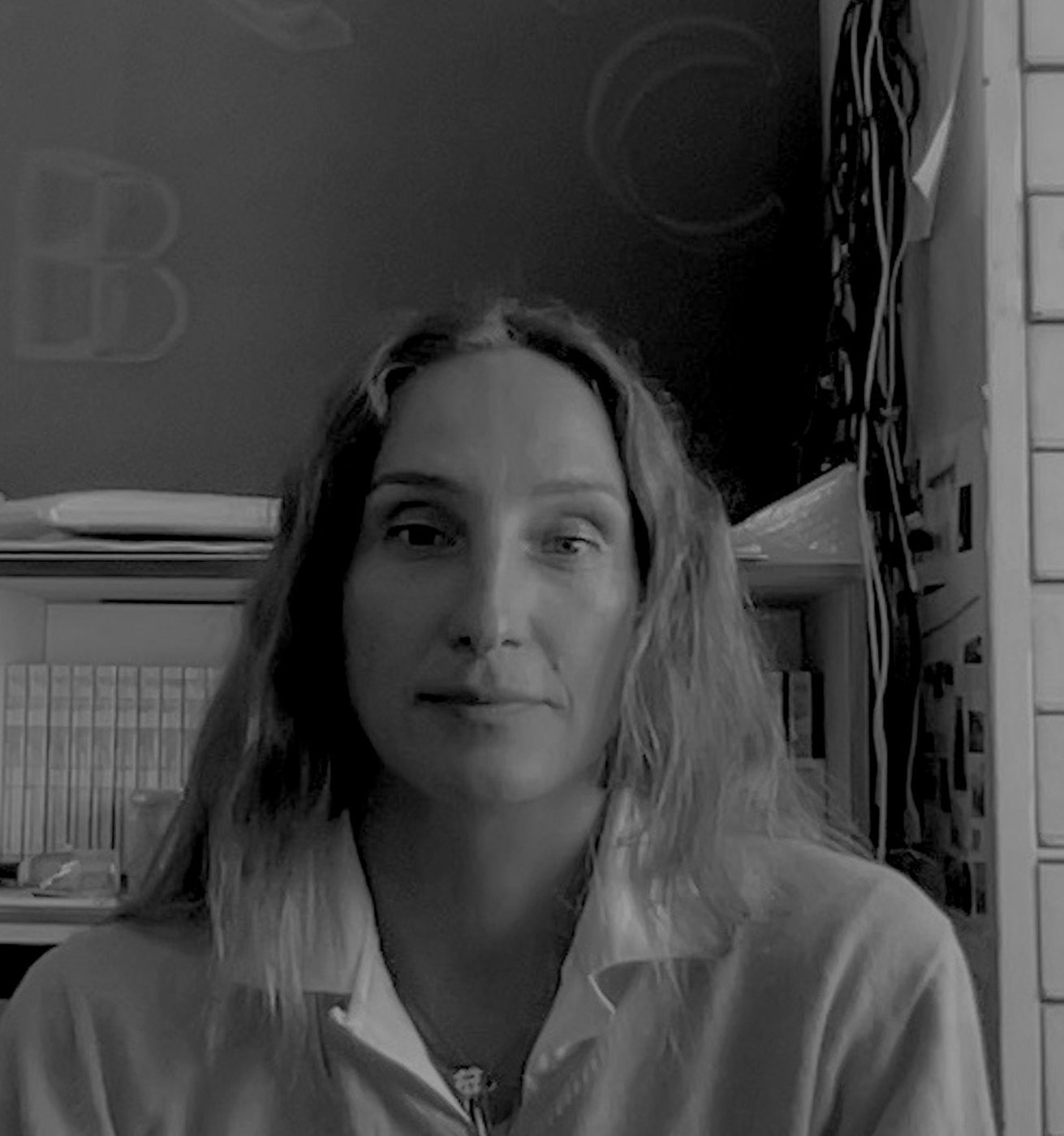New professors from 1.3.2024
We warmly welcome Andrea Faraguna and Emily Wardill to the Academy and are delighted that Alastair Mackinven has extended his contract.
Emily Wardill (University professorship § 98 Art and Time | Film at IBK)
Emily Wardill's practice spans film, video, sculpture, photography and installation. It has been an ongoing enquiry into the imagined image – what it is, what it has been used for and how it leaves indelible motes and shrapnel behind it. This has taken her from examples of entropy to case studies on risk detailing fires attributed to paranormal activity. It has travelled from psychoanalytical case studies on negative hallucination to memory palaces and their relationship to colourless vision. From stained glass as an early device to communicate with the illiterate to the filmic technique of 'day for night' - reversing it to reflect on technological vision, performed gender and imagined utopias.
Wardill’s work has been exhibited at KW, Berlin, Secession, Vienna, Gulbenkian Project Spaces, Lisbon, SMK , Copenhagen, de Appel arts centre, Amsterdam, List Centre MIT Boston, The ICA, London , The Serpentine Gallery, The Hayward Gallery, MUMOK Vienna; and MOCA, Miami. She has shown in the Berlinalle Forum Expanded and the New York and London Film festivals. Her work was awarded the Jarman Award in 2010, the Leverhulme Award in 2011 and the EMAF award in 2021. She participated in the 54th Venice Biennale, the 19th Sydney Biennale and GHOST 2565 Bangkok in 2022.
Wardill has taught at Malmo Art Academy, The University of the Arts Helsinki, Maumaus independent Study Programme, University of British Columbia , Central Saint Martins, Academy of Fine Arts Munich, School of the Art Institute Chicago, National Art School Sydney, Städelschule, Goldsmiths University & the CCA San Francisco.
Teaching has always been an important part of Wardill's work. She has developed courses with students that try to blur the distinction between thinking and making – putting reading 'onto it's feet' , performing close up analysis of single works of art or using practice itself as a model for thinking as a social body. Artist film making is imbricated within technology and it's relationship towards our own vision and consciousness. Film making necessitates collaboration and it's proximity to mainstream moving image provides a fertile space from which to create and divert. The intersection between art and film has always been a place where theory can test itself against fantasy, where the powerful to the displaced can tell their sides of the story, where industry influences and disorientates and makers kick against that. Film making is a part of structures of power that are reflected in sight lines of who gets to see whom and where perspectives can be highlighted and shifted. That artists have the dexterity to use this medium which is much younger than painting or sculpture has a fascinating provenance and an important future.
Alastair Mackinven (University professorship §99 Art and Image | Figuration at IBK)

„I am a painter; I have not always been a painter, earlier in life I was other than a painter, sometimes I would use paint to make paintings but I would not have considered myself a painter. Nor would I have been satisfied for the work to be called a painting, I would have preferred the paint on canvas to be a bridge or an off ramp to discourse-land via subject-ville. This changed; I remember the moment as clear as day as I dip my donut into my flat white on this beautiful autumnal London morning: my conversion happened as I was staring at a painting in the National Gallery, London; an Ingres painting of Monsieur de Norvins and when I say I was staring at the painting I mean I was transfixed by just one of the many attributes that contribute to make up the whole of the painting. As I have come to understand there are multiple surfaces in painting all coalescing to the subjectile, deceptively seen as a whole, but this is the whole of an object and not of the painting. As I see it, painting is not a solid membrane covering a frame, it is an endless deep space. What had me transfixed was not Monsieur de Norvins (the subject of the painting) but the pentimento, the ghost of an earlier moment in time in the painting, of the work that was refused, negated, buried under the surface layer of paint, detectable as funerary mounds that appear when the light rakes across the painting at a certain angle. This phenomenon indicates the artist was working away from what he could not live with, guided by a negative construction and not the affirming of subject.
To my right in the gallery was an elegantly dressed man in a beautifully tailored suit looking at a David painting. Despite the obvious exquisiteness of his Savile Row attire something about his appearance was peculiar and on closer inspection his suit was bunched up uncomfortably around his crotch area spoiling the silhouette, I deduced it must be due to ill-fitting underclothes! Ingres, like the gentleman, could not smooth flat the painting’s soiled underclothes, painting’s archaeological foundations are present as traces at the same time as the work’s conclusionary state. At this moment the impact of the man in the suit and the Ingres painting of Monsieur de Norvins meshed as an isomorphism which shattered the façade of painting being an affirmative process focused on serving the subject. Subject was knocked off its golden perch, relegated to just another one of the many surfaces that conjoin to equal a painting. Looking at a painting is an oscillatory experience that does not resolve, as it was in the National that day: nice suit…. But what the hell is going on underneath… what a beautiful fabric!
Painting does not allow the viewer to forget that it is painted. The base level components: the mark, the colour, or the very paint itself does not slip passively into the prerequisite invisibility of a low level system, as the letter does by its employment as a building block in aid of carrying meaning. With painting it remains visible as a thing-in-itself separated from the meaning state; painting’s base chunks remain like a dislocated phoneme, as a true abstraction, even when the coagulation of the fundamental elements of painting produce an image.
“Can I help you?” said the man with clothing pentimento, disturbed by my staring, his clipped tone breaking my transfixed gaze. “Sorry” I said, “I was lost in thought.” Playing down the significance of my inner dialogue that marked my metamorphosis from an artist who would use paint to a painter with a capital P. We struck up the standard conversation, “What do you do?” “I Paint” I replied. “Would I know your work?” “It depends on how much of an obscurantist you are! I work with Reena Spaulings Fine Art, New York and LA, Maureen Paley, London and I have shown at such places as the ICA, Camden Arts Centre London, The Hermitage Museum, Russia, and Tramps, London and New York.” This clearly bored him as he walked away at pace to stand in front of the Van Gogh painting of two crabs." - Alastair Mackinven
Andrea Faraguna (University professorship §99 Architectural design)

Andrea Faraguna (b. 1981, Venice) studied architecture at Università Iuav di Venezia, where he received a master’s degree in 2006 and a doctorate in 2017. From 2010 to 2018, he taught at the Accademia di architettura di Mendrisio, first with Francesco Venezia and later with Piet Eckert and Wim Eckert of the studio E2A. In 2017, he and Niklas Bildstein Zaar cofounded the Berlin-based architecture office Sub.
Sub translates sociocultural dynamics into sensorially complex environments. Synthesizing visuals, research, technology, and architecture, the office involves practitioners from a range of disciplinary and cultural backgrounds to create projects that vary in duration and scale. Their multifaceted, world-building approach combines emerging technologies and semantic analysis with traditional architectural techniques, adding a rich layer of versatility to their creative endeavors across commercial, cultural, and entertainment environments.
Exemplary of Sub’s agenda are the following projects: the Museum of the History of the Tragedy, designed for the Babyn Yar Holocaust Memorial Center, Kyiv; Balenciaga Couture Headquarters on Avenue George V, Paris; and the exhibition design for Anne Imhof’s Natures Mortes at Palais de Tokyo, Paris.
The design studio taught by Andrea Faraguna focuses on the production of space not solely from the perspective of intentional design but as lived experience. Taking behavioral architecture as a foundational approach, the course considers how the perception of space can be distorted, influenced, and adapted through the built form.
Employing both digital representation and analogue models as theoretical tools to investigate the close interplay of architectural narration, visual perspective, and spatial perception, the studio aims to provide students with an extensive and multifaceted understanding of the following pivotal aspects, while honing their practical skills and critical thinking:
- Narrative strategies and rhetorical devices. Diverse approaches are examined in order to study how to convey architectural ideas on an affective, personal level.
- Spatial phenomenology and embodied cognition. An exploration of the relationship between observers/users and environments emphasizes how one’s visual and physical perception of architecture and bodily movements influence one’s experience.
- Backstory and cinematic inspiration. References and techniques from films, gaming, and other storytelling media are analyzed and discussed as sources of inspiration and guidance.
The course involves weekly presentations by students showcasing their work through visualizations, drawings, and models. Following each presentation, a collective discussion session takes place, providing constructive feedback to encourage approaches for the revision and further development of each project.
